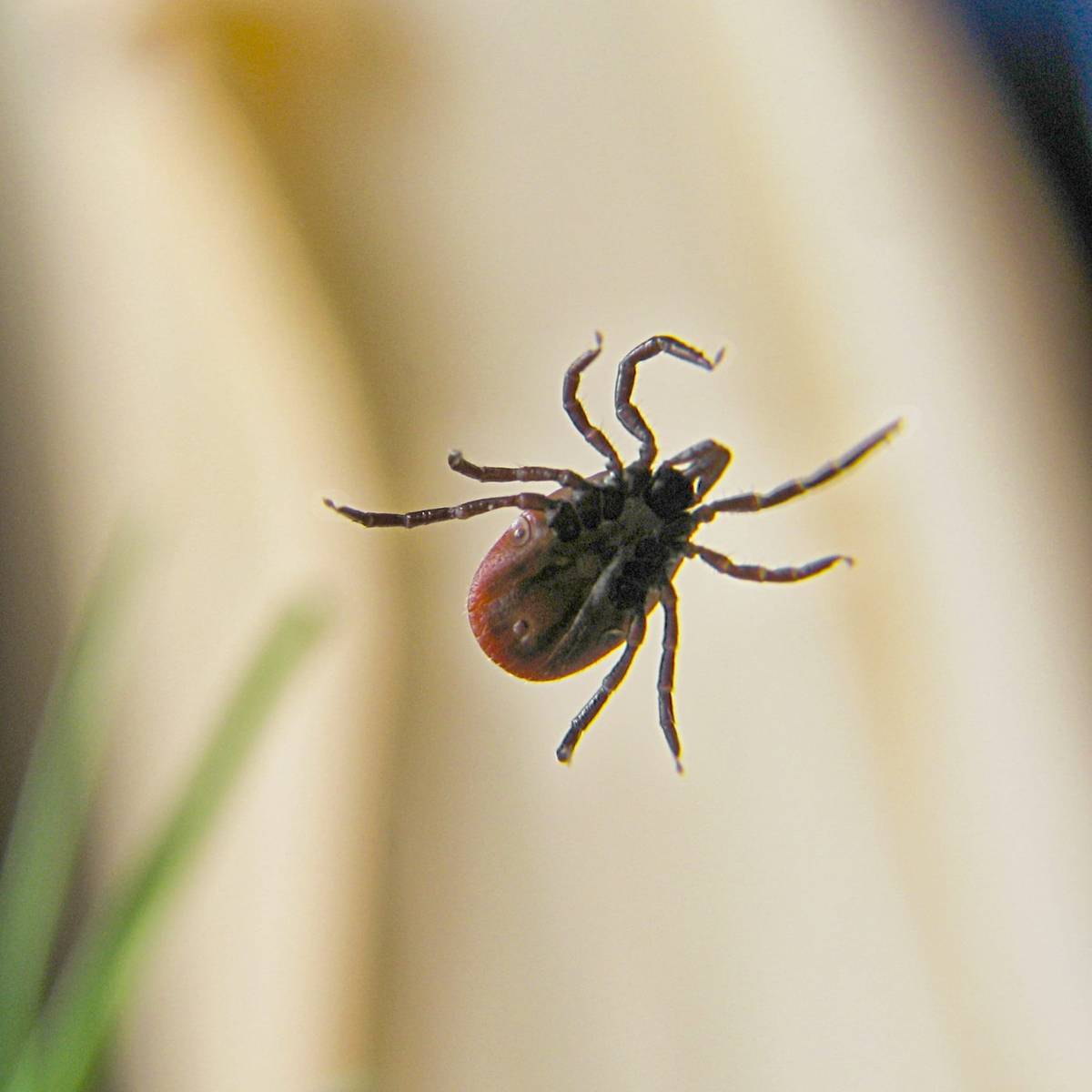


By Gil Bloom Associate Certified Entomologist
Arthropods are generally of a positive nature in our environment, in fact we are dependent on many of them in a variety of capacities but on occasion some pass over into the pest category and threaten our health and property. Ticks which are obligate blood feeders fall into that category and in particular the blacklegged tick, Ixodes scapularis, commonly referred to as the “deer” tick, and which is the principal vector for Lyme disease. This disease is the foremost arthropod-associated disease in the United States with over 23,000 human cases reported to the Centers for Disease Control and Prevention in 2002. To be truly effective a program which offers protection from the blacklegged tick needs to be conducted on both an extended and personal level.
Reduce or avoid time spent in high risk areas such as woods, brush areas and narrow hiking trails. Inspect yourself and others upon return, if ticks are found properly remove them ASAP.
Continued inspection, prompt proper removal of ticks, proper use of repellents and following outlined IPM practices should go a long way toward keeping you tick safe.
Gil Bloom, ACE | Standard Pest Management

Hi, My name is Josh Bloom. I'm proud to be Standard Pest Management's customer assurance provider. Besides helping to educate our customers on being proactive when it comes to pest management, I spend my days solving all kinds of bug or nuisance animal related issues. For me, this is a blast! If you have any questions about pests that might be a threat to you, feel free to drop us a line anytime. It's my goal and on a greater scale, Standard Pest Management; to be your number one partner in the war against pests.

Hi, My name is Josh Bloom. I'm proud to be Standard Pest Management's customer assurance provider. Besides helping to educate our customers on being proactive when it comes to pest management, I spend my days solving all kinds of bug or nuisance animal related issues.
For me, this is a blast! If you have any questions about pests that might be a threat to you, feel free to drop us a line anytime. It's my goal and on a greater scale, Standard Pest Management; to be your number one partner in the war against pests
Josh Bloom VP at Standard Pest Management
